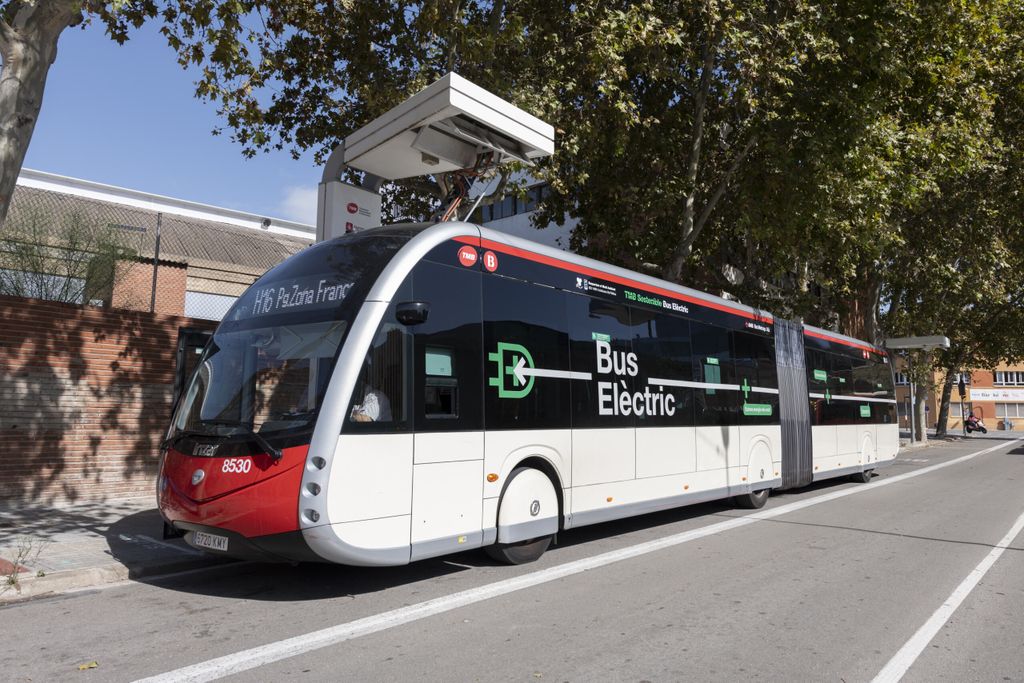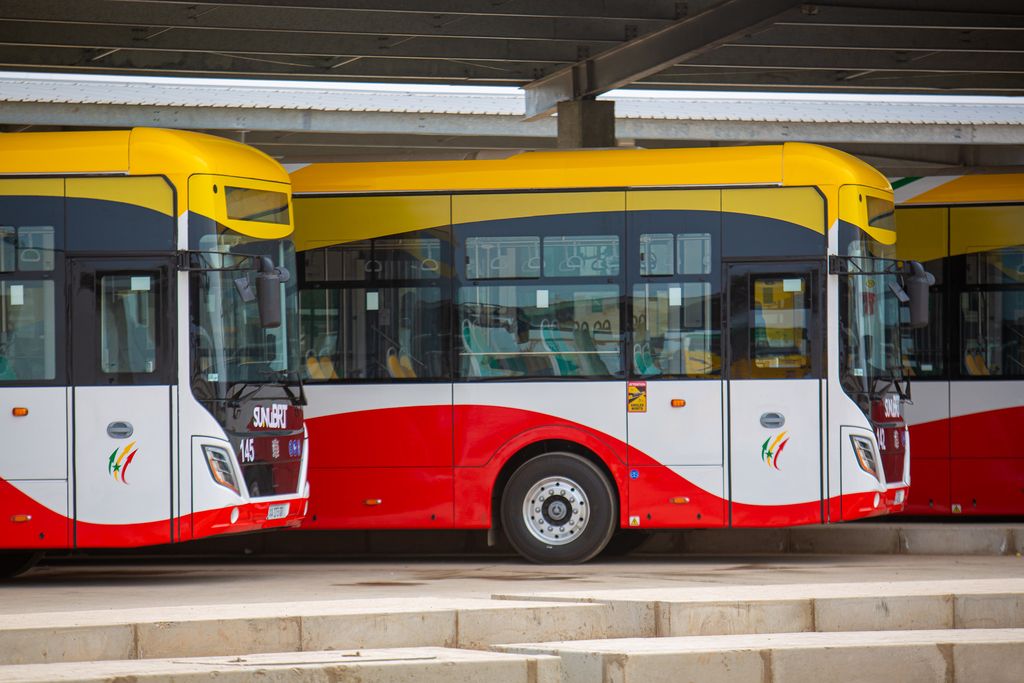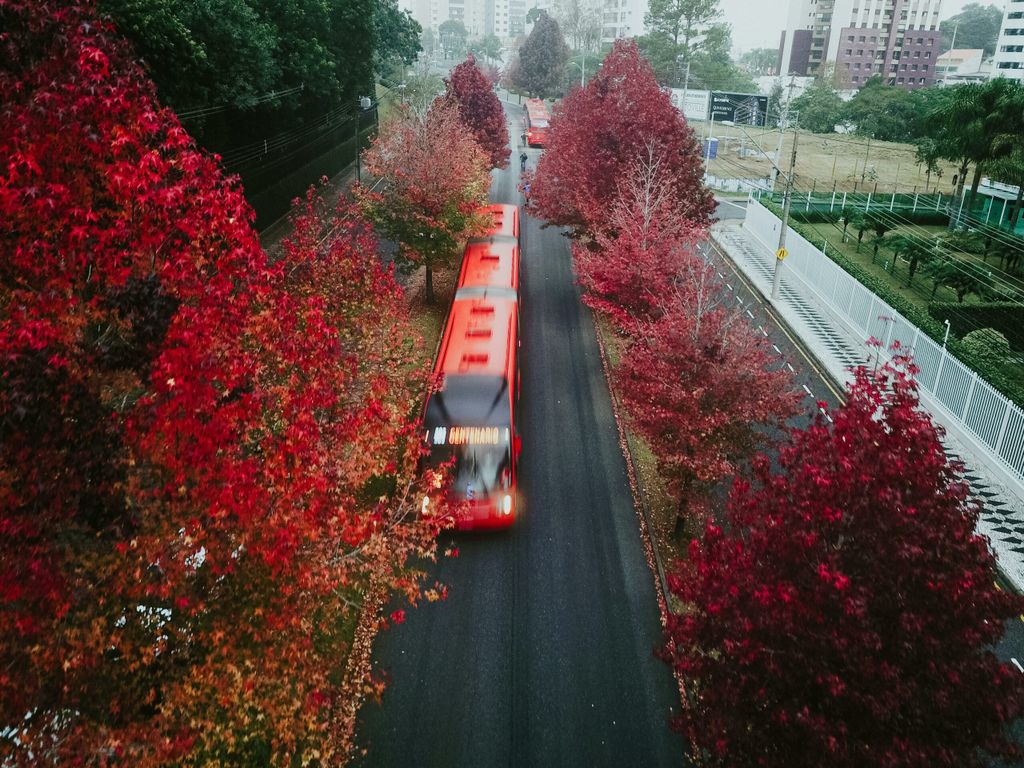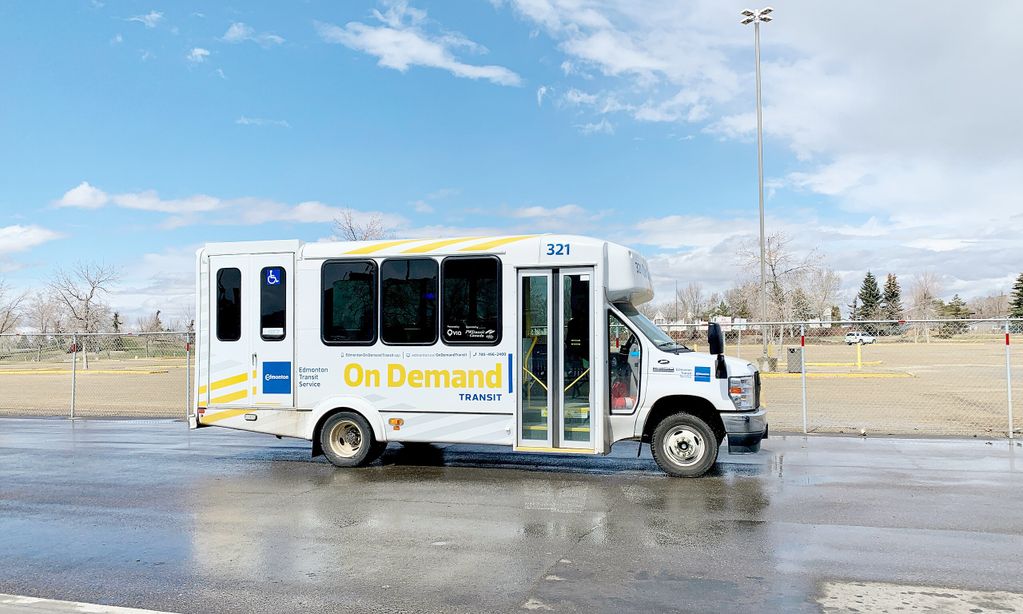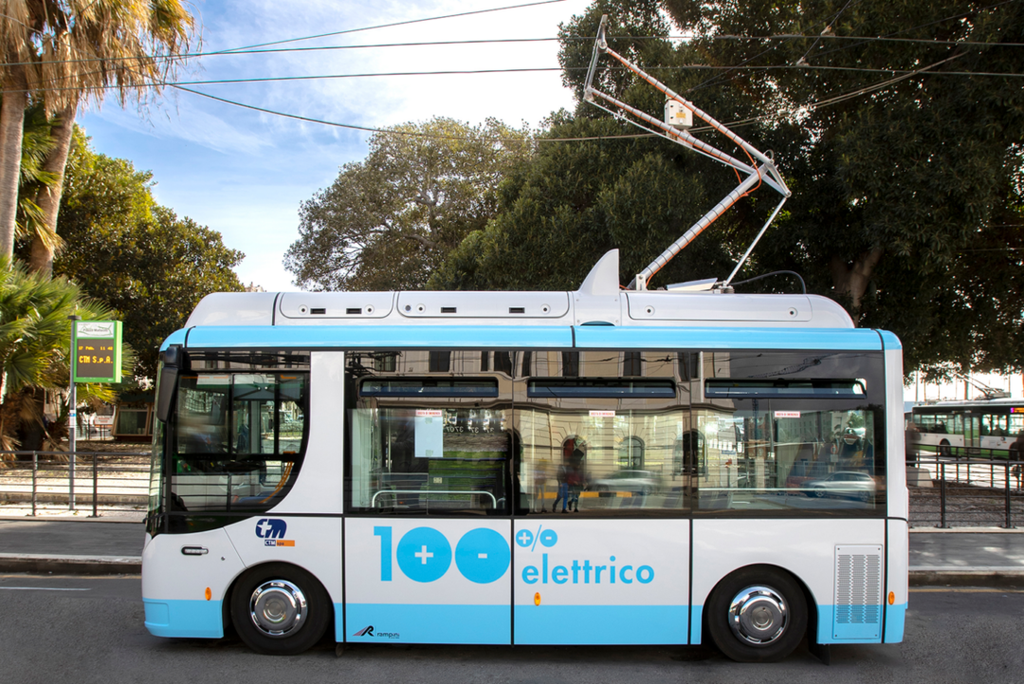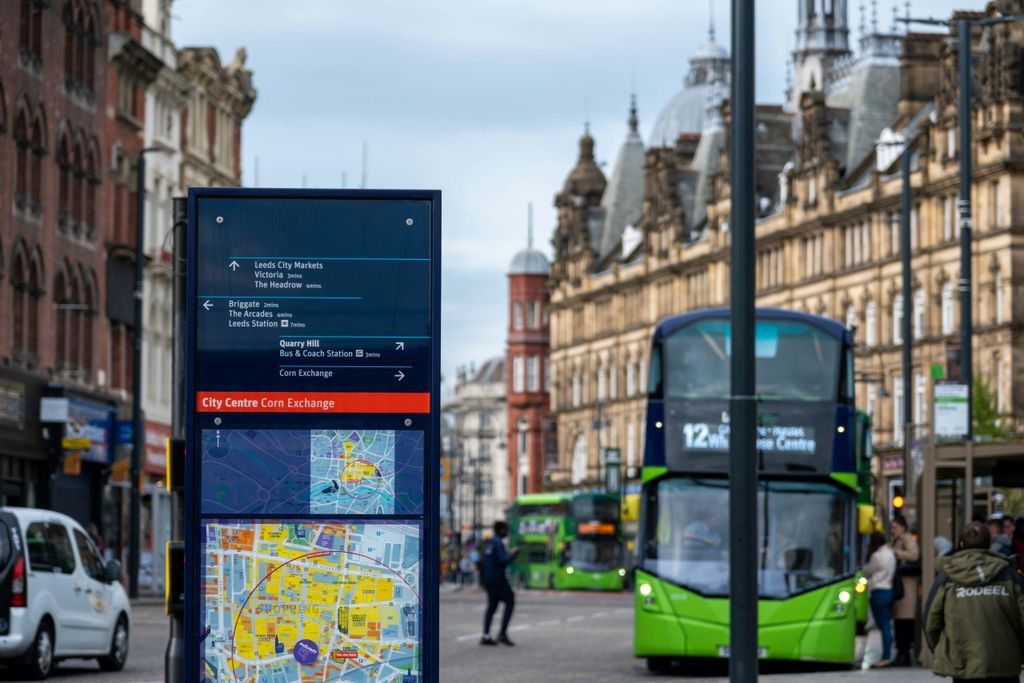
What is bus headway? (And how it impacts public transport quality)
A key element of public transport planning
What makes a good bus network? You know it when you don’t have it.
While the task has low visibility, bus network design has a huge impact on service quality. Public transport networks are complex and delicate systems – they must be coherent and inter-connected, all the while balancing efficiency and what is possible given budgetary, staff, and energy constraints.
One essential metric that affects the reliability and accessibility of any bus network is bus headway.

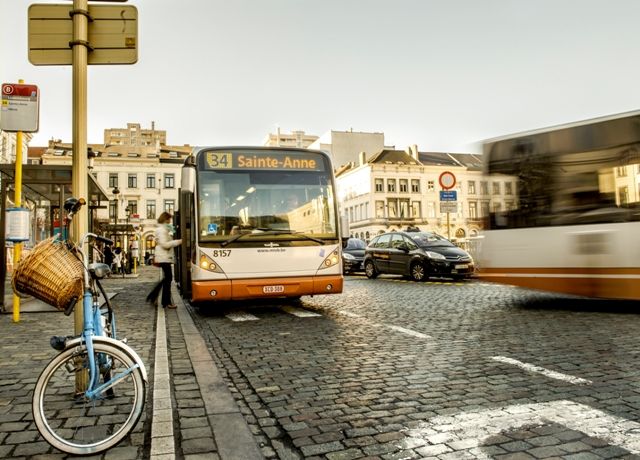
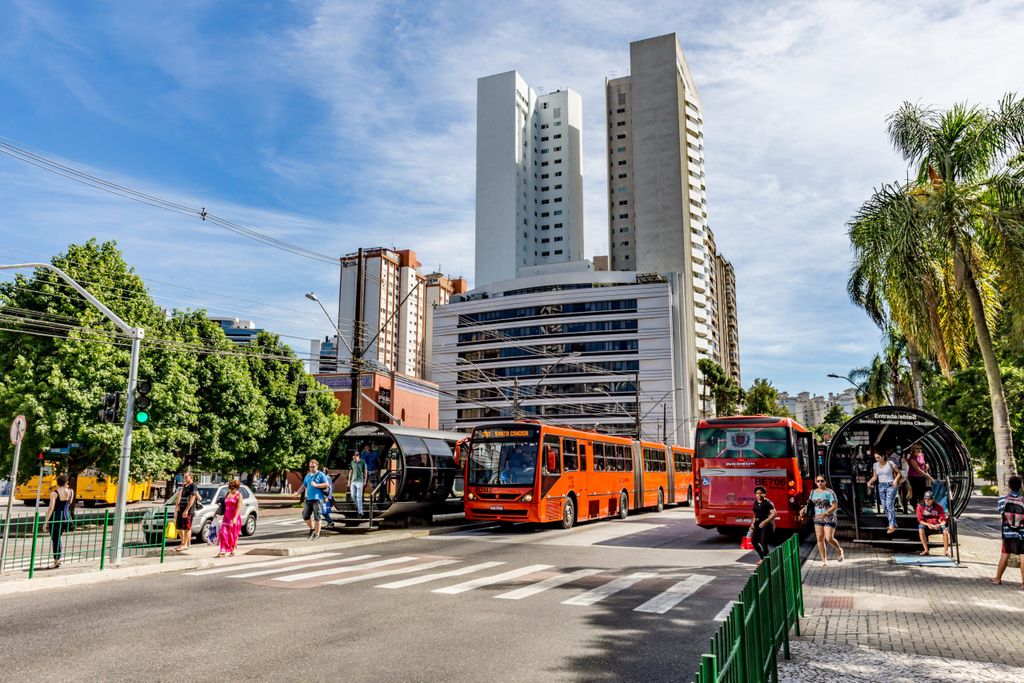
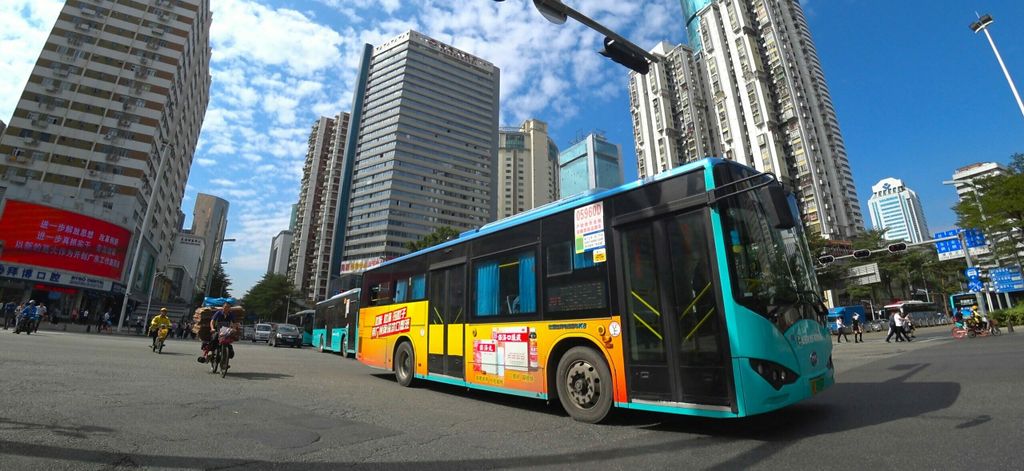
How to define bus headway
Headway is the distance between two consecutive vehicles expressed in time. In other words, the amount of time between two vehicles on the same route. The more headway there is between vehicles, the longer you have to wait for your next ride.
This is different from frequency, which simply says how many buses operate in a certain time period. For example, a bus route comes six times an hour to a particular stop. So that’s a frequency of six an hour. Simple maths would suggest that the headway is ten minutes between each bus, though of course it is not that easy. Congestion, ticketing issues, accidents, and unfavourable traffic lights can all be factors in warping headway times. And in the end, this decreases service quality.
When bus headway deviates
The old saying goes that you “wait ages for a bus, then two turn up at once!” Well, that’s what happens when headway deviates. When bus headway times become irregular, buses arrive both too far apart and too close together. For one, this impacts crowd management. Instead of transporting a regular flow of passengers, buses become either overcrowded or underutilised. But headway deviation also leads to an unpredictable and inconvenient service. Nobody wants to be made to wait – especially when delays are unforeseen and unexplained.
How bus headway impacts public transport
Minimising headway deviance is no small task. At the heart of it, ensuring a regular service is the collective responsibility of operators, authorities, and street designers. You need a public transport-friendly city – one with roads designed to prioritise public transport and with the political backing to make it happen.
It’s a task that’s worth doing. Improving bus headway decreases the time between vehicles, and in turn, the average waiting times for passengers. This speeds up buses, which has huge benefits beyond simply offering a better service:
- Increased frequency with the same number of vehicles and drivers
- Shorter trips and improved bus mode competitiveness
- Increased revenue collection with small added marginal costs per kilometre
- Reduced braking and acceleration, which helps reduce energy consumption, thus extending the range of electric buses and decreasing tailpipe emissions
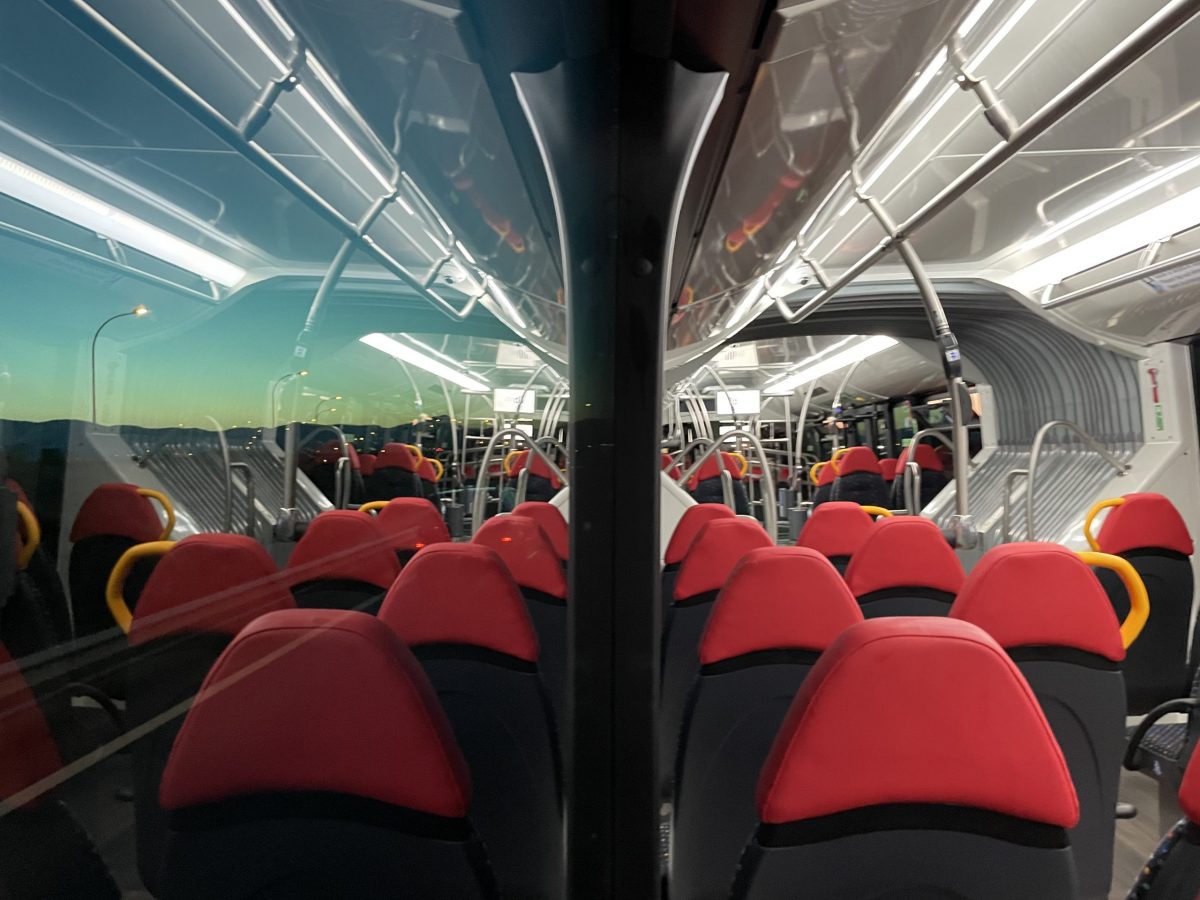
Of course, the optimal way to design a bus network will depend on the local context. However, there are many guidelines and best practices that have developed from existing case studies and other cities around the globe that bus network designers and urban planners can take inspiration from to increase their service quality.
Here are 5 ways to design bus networks and improve bus headway:
#1 Straight routes
Routes should be as straight as possible and avoid meandering through the city. One bus route, one purpose! This is even easier with bus lanes, where buses can skip car traffic altogether. For example, the multi-level bus network in Beijing, China, offers clarity and purpose:
Express lines: Providing high volume services to high population density areas, particularly to those not covered by the metro network
Regular lines: The main body of the bus network, this is a dense network of high frequency routes
Feeder lines: A set of short and flexible routes, providing services to and from neighbourhoods nearby to public transport hubs
#2 Traffic light priority
In addition to bus lanes, assign buses traffic light priority. Favouring buses, and giving them green lights wherever possible, will optimise headway times and extend the range of electric buses.
#3 Passenger-oriented bus stop design
Bus stops should be designed so that buses spend less time “stopped”. That means facilitating both passengers and drivers to make life easier with strategies like:
- All door boarding
- Efficient fare collection
- Easy manoeuvrability for drivers
- Barrier and step-free access to board
- Prioritisation of transfer stops to enhance the network effect
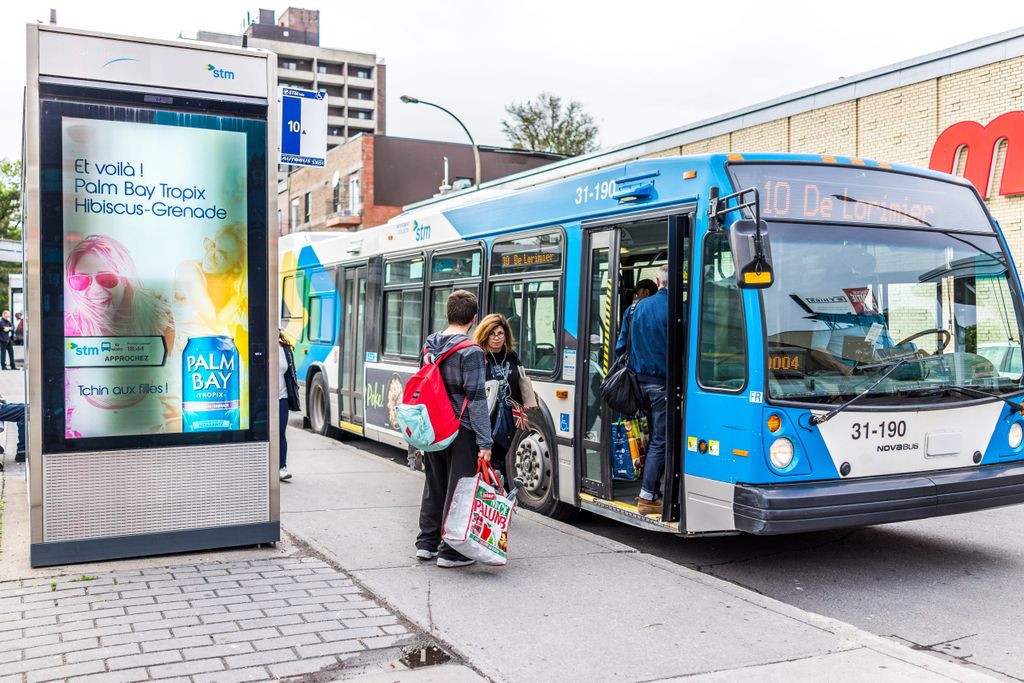
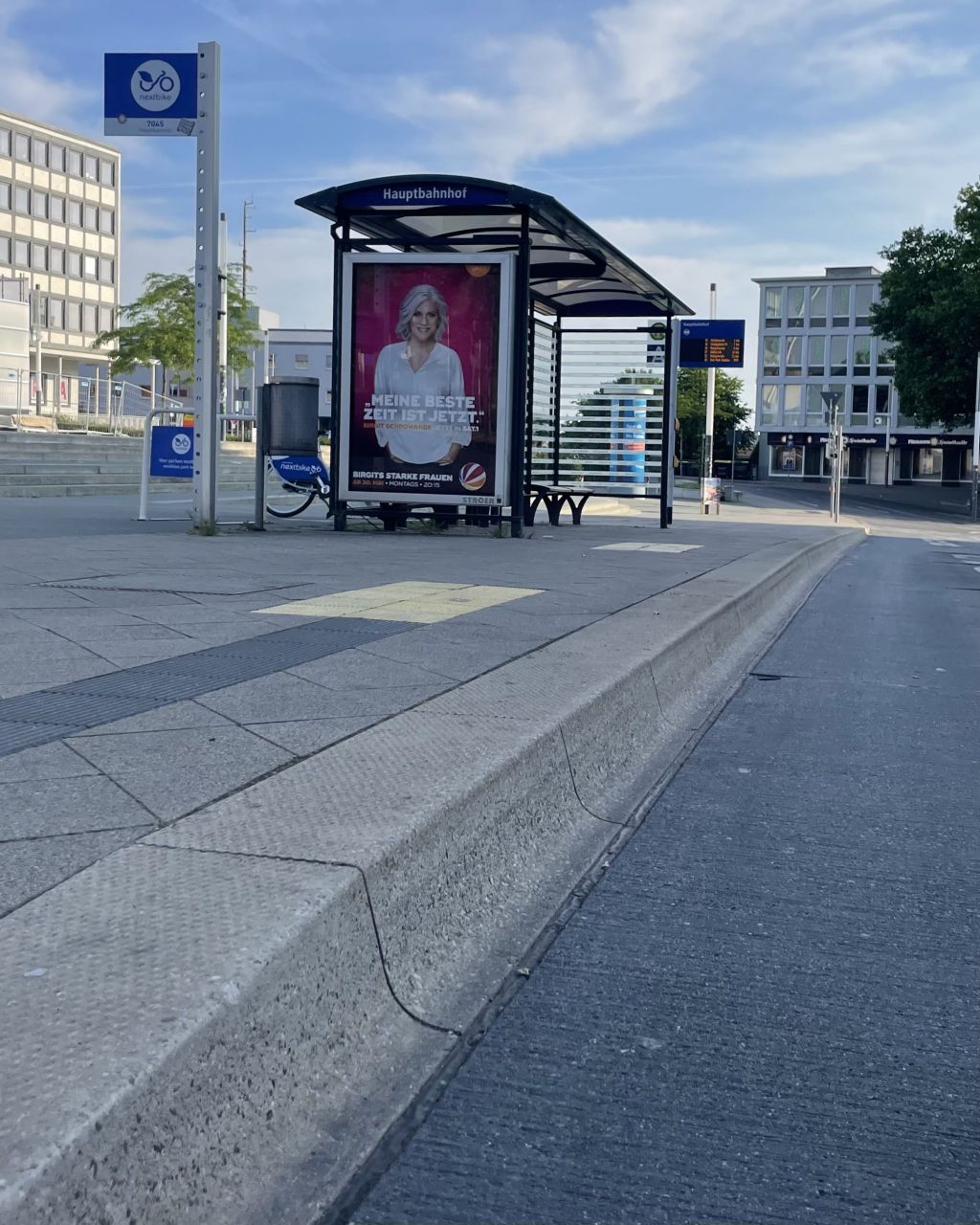
#4 Balanced bus stops
Balancing bus stops means spacing them out carefully along a route to minimise the overlap between bus stops that are too close together, while leaving no area unserved. To be sure, bunching up stops increases the length of the trip for everyone. Stop-start driving prevents buses from picking up pace and distributes passengers inefficiently.
On the other hand, balancing bus stops reduces operating costs, freeing up funds and room for other things. For cities, businesses, and residents, it means more space for shared mobility, pedestrians, patios, bike racks, and short-term loading zones. For operators, it can be game-changing. For example, since 2020, TransLink in Vancouver, Canada has balanced bus stops along five routes. This has saved riders up to ten minutes per round-trip during the busiest hours. It also reduced peak fleet requirements and saved $700,000 CAD (€477,400) in annual operating costs. As a bonus, these savings will go towards a new bus route!
#5 Advanced data-driven tools
Data-driven periodic assessments can help operators update routes and schedules to better match current demand and ridership patterns. As a result, planning and operations become more intelligent.
“Operators need today the data from yesterday to plan the service for tomorrow”.
For example, in 2018, operator Metro started reimagining the Los Angeles bus system using advanced planning tools to support their NextGen Bus Plan. The proposed improvements would:
- Double the number of frequent bus lines
- Provide more than 80% of current bus riders with 10-minute or better headway
- Create an all-day, 7-day-a-week service
- Ensure a maximum 400m walk to a bus stop for 99% of current riders
- Result in a more comfortable and safer waiting environment
The strategy was informed by a Customer Impact Simulator (CIS) dashboard, developed by GIRO and LA Metro. The CIS shows the impact on ridership, travel time, or transfers between the as-it-is network and the proposed one, letting planners properly evaluate the impacts of the hypothetical network, enabling stakeholders and decision makers to facilitate the changes, and allowing the wider public to inform themselves about the changes and their benefits.
all statistics

